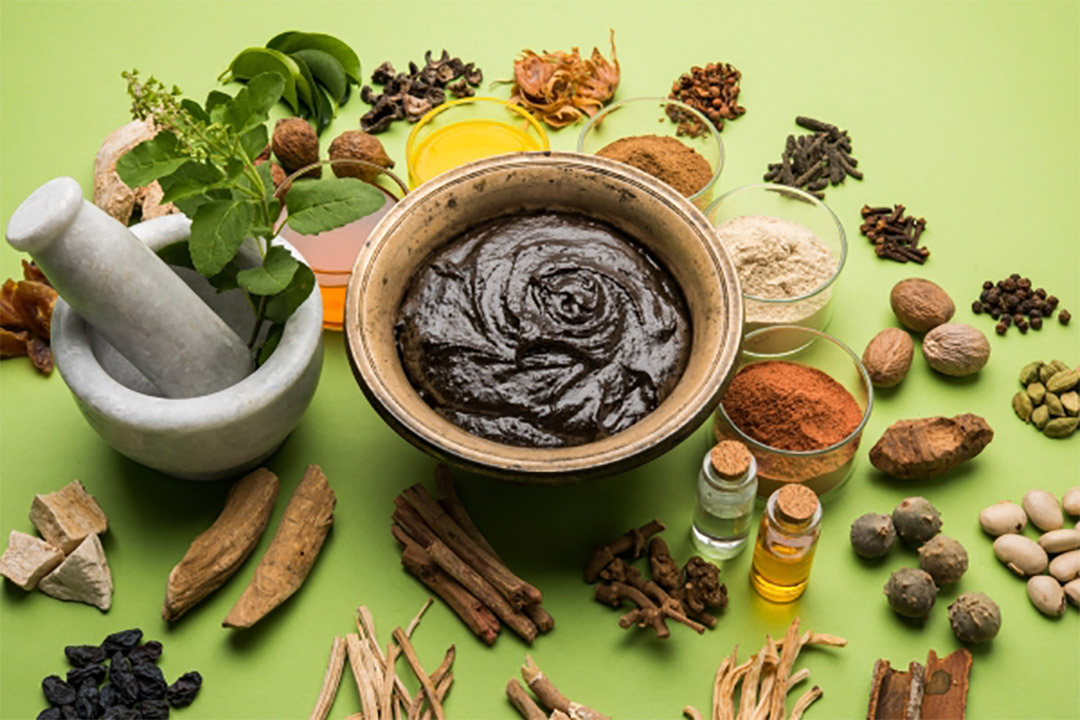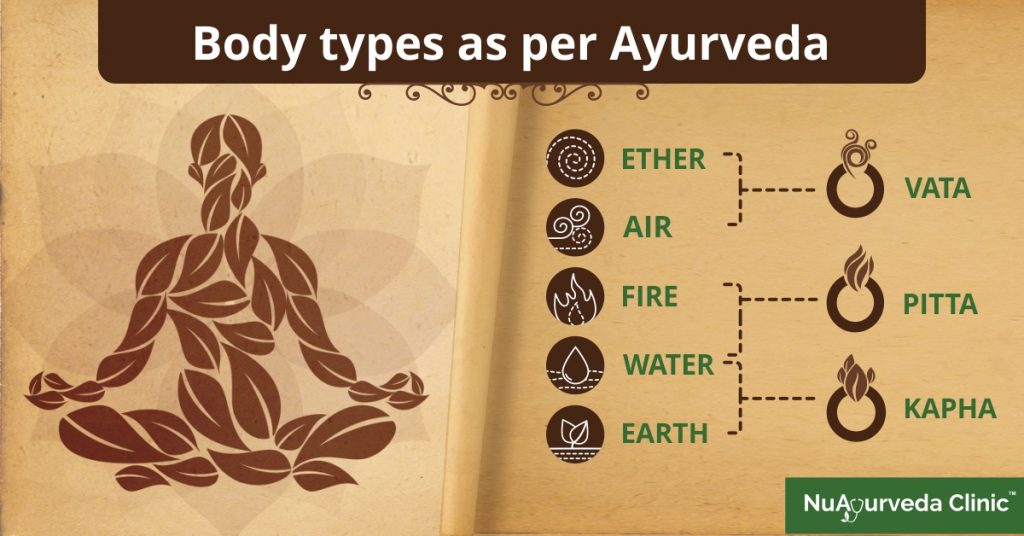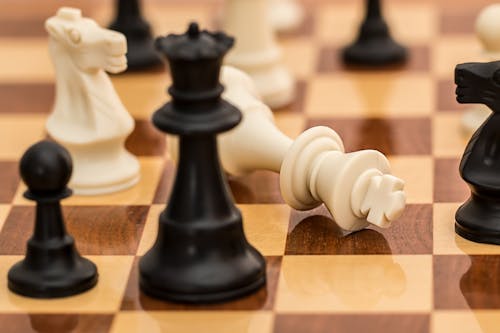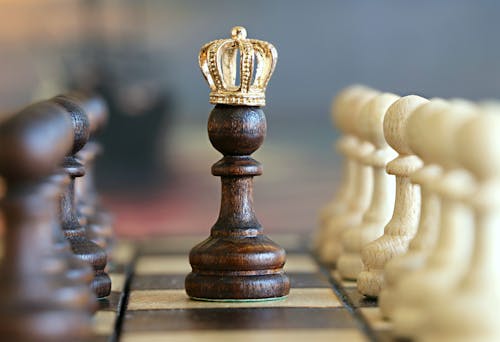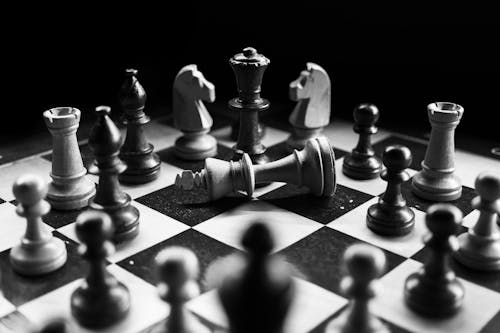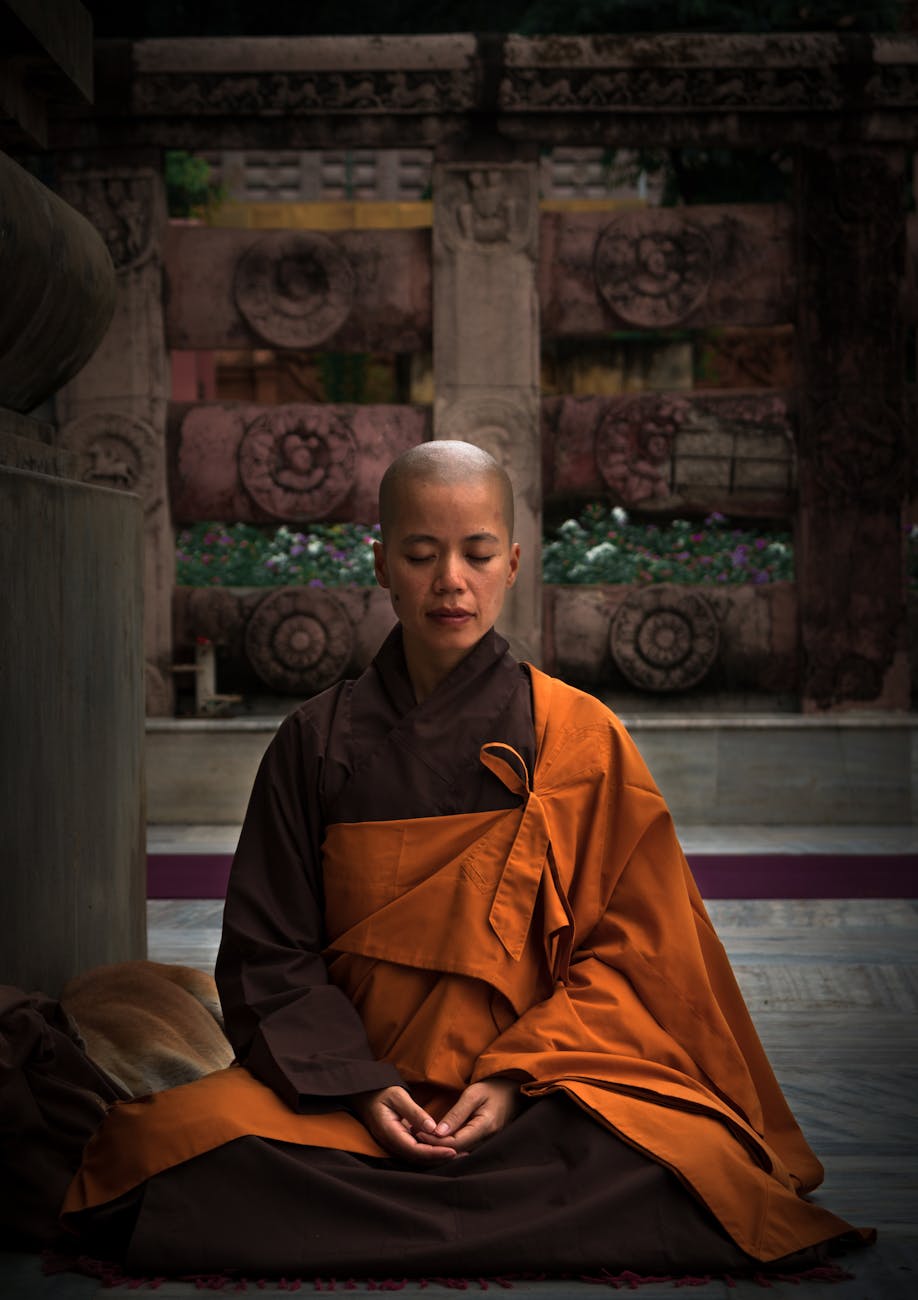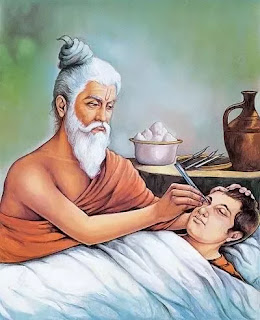Maybe the title may seem too much. You may also think that since I am an Indian, I am blowing my own trumpet. Even a person who is not a citizen of India would praise India(her). India is known as the cradle of the human race and later they got spread as the thirst for exploring increased.
"If I were asked under what sky the human mind has most fully developed some of its choicest gifts, has most deeply pondered on the greatest problems of life and has found solutions, I should point to India."
- Max Muller ( German Scholar)
Every country has its ups and downs. Every country with its geographical beauty and resources gives, more of sacrifices its belongings for the welfare of its people. The way people utilises the resources, their behaviour defines the country. Crimes, women equality, border issues, stereotypical ideas, superstitious beliefs are still present. We, Indians made, are making and will make mistakes. But we are learning from our mistakes and correcting them. India conquered many places with her son's and daughter's talents. It isn't as simple as getting a name as Sub-continent among other countries. India has passed every condition to be qualified for a sub-continent. Starting from having a peninsula to having a separate cultural identity.
Keith Bellows, editor-in-chief of National Geographical society said," There are some parts in the world, once visited, get into your heart and won't go. India is such a place," explaining her experience in India, "When I first visited, I was stunned by the richness of the land, by its lush beauty and richness in architecture, by its ability to overload the senses with a pure, concentrated intensity of its colours, smells, tastes and sounds. It was as if all my life I had been seeing the world in black and white and, when brought face-to-face with India, experienced everything re-rendered in brilliant technicolour."
Bellow stated everything I wanted to say about India to the world. We are known and should be proud of our tastes, our music, our culture everything. Exploring the world is good but being racist is worst. I am not one. I love listening to English bands. One-direction, Maroon 5 is one of my favourites. But I won't be ashamed of hearing my mother language songs.
It is important to think why am I saying this here. Some of us are still thinking that our country is not enough for us. There isn't much here. Everyone id preferring to go study or work abroad. That is not bad. But thinking that our own country is not good enough is wrong. Do you know? Back when Nalanda University was first founded, people from all around the world came and studied astrology, medicines, mathematics etc here in India. In present, Indian origin is holding higher postings in foreign countries,e.g; Nisha Biswal, Arun Kumar and many as such.
We were pioneers of many things and still has a name for being better in maths and in working hard as well as smart. You can place a point that there is corruption, lack of sources, facilities and so on. Which country hasn't? But people over there are standing with their country and working day and night for its development. What about us? We are running in pursuit of our own selfish needs than thinking about our overall development. I am not blaming all. Some people are blaming the country for their delusional thoughts and mistakes. We are not perfect but we can at least give it a try for our countries development which is equal to ours.

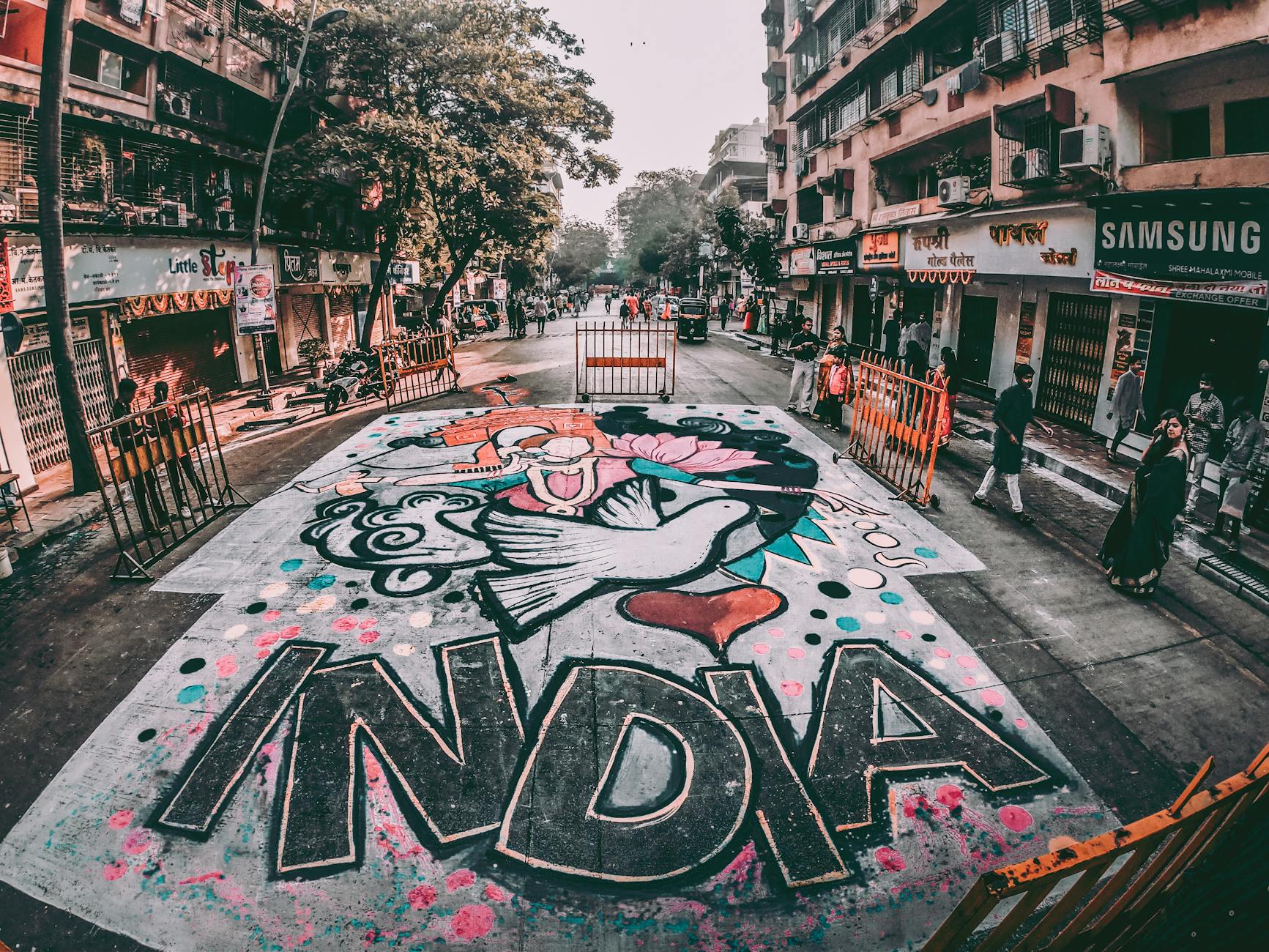
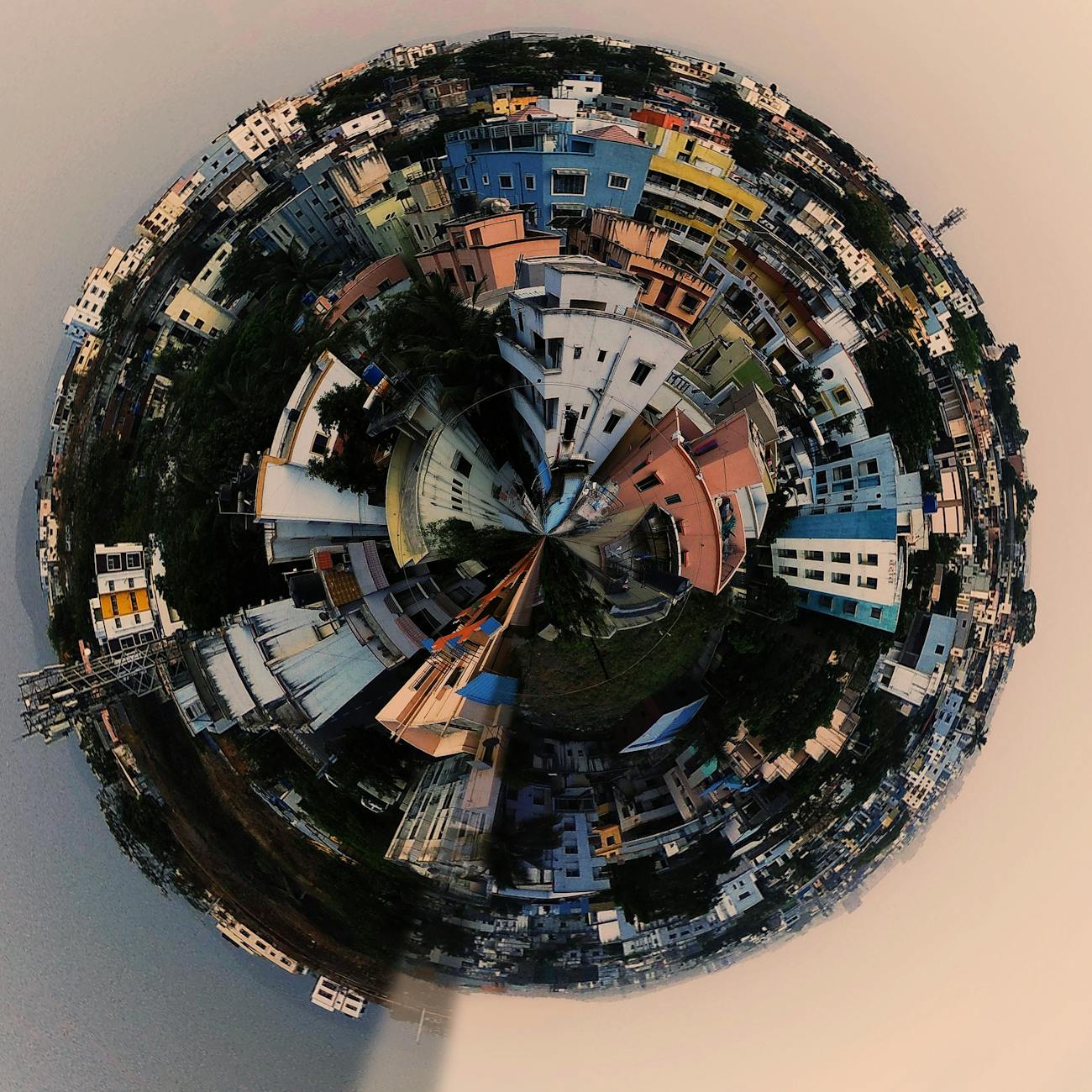










:quality(75)/curiosity-data.s3.amazonaws.com/images/content/portrait/standard/d35b4321-1388-4184-84e5-79b370f87507.jpg)

